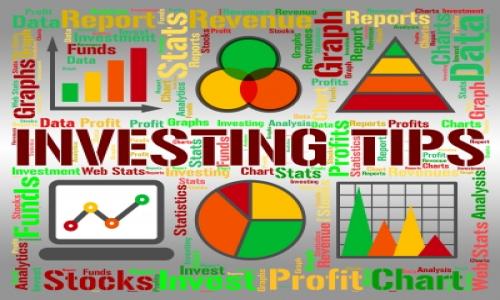Bond exchange traded funds (ETFs) can prove to be a very helpful investment tool to gain exposure to the broader bond markets, but investing in bond funds calls for the need to understand how an ETF functions, the advantages they offer to individual investors and some of the risks involved in investing in ETFs. For the purpose of this article, we will focus on bond ET’s.
An ETF is a security that is traded on the exchange that tracks an index, sector or industry. A bond ETF tracks a particular bond index by taking positions in the underlying bonds of the index. Currently there are ETFs that track almost everything in the fixed income markets, ranging from short-term Treasuries and investment grade bonds to high yield financial bonds and emerging market debt. Since an index typically has thousands of bonds many of which are illiquid, representative sampling is used to track the index. For example, the ETF tracking an index of 6000 bonds might have only about 100 bonds that are representative of the entire index. ETFs closely replicate the returns of the index they track and although this is not guaranteed, most ETF’s have a tracking error of less than 1%.
Bond ETFs are different from other ETFs mainly because the dynamics of bonds are different from that of stocks. Since many bonds are held to maturity, their main return is realized through their coupon payments. Bond ETFs do not have much capital appreciation. However, they pay out interest through a monthly dividend, which is treated differently from capital gains for tax purposes. An important thing to notice about bond ETF’s is that they do not have a maturity like bonds. Since an ETF is supposed last forever, it does not have a principal repayment (although it can be easily sold). Hence it is designed to have a constant duration or interest rate risk.
There are numerous advantages of investing in bond ETFs. Since an ETF can be traded just like stocks on the exchange, it offers complete transparency in terms of price. Bonds on the other hand are mostly traded OTC, trading on wide spreads and usually quoted at a price which depends on the size of trade. The transaction cost is as low as that of trading a stock. As opposed to mutual funds, the price of an ETF is calculated continuously and can be used for intra-day trading. Another very important advantage is the liquidity in trading bond ETFs. Since they can be bought and sold at narrow spreads like stocks, an investor does not have to worry about finding buyers to off load his position. ETFs, like stocks, can also be bought on margin and sold short, which is almost impossible for individuals to do with bonds.
But just like any other security, investing in ETFs has its own downsides and risks. ETFs, as noted before, are not guaranteed to replicate the index they track, and sometimes, the tracking error can be significant. Low transactions costs and tighter spreads are accompanied by management fees, which might more than offset the cost benefits in the long run. Similarly, diversification comes with the evil of no flexibility. Investors cannot make a customized portfolio using their choice of underlying issues. Apart from this, here is an interesting article on how some ETFs are over-shorted, a condition which can cause an ETF to collapse.
Despite the risks involved, ETFs continue to be an attractive investment tool for many. If you are an individual investor who is not planning to invest millions and therefore can't avoid high transaction costs, or if you have a view about the general direction of the bond market or a particular index, a bond ETF might not be a bad idea. On the other hand, if you seek a low-risk continuous stream of returns, or would rather trade individual issues, an ETF might not be very useful. Barclays, SSGA, Vanguard etc offer many bond funds that follow various bond indices. Some examples are Barclays Capital 3-7 Year Treasury Bond Fund (IEI), Vanguard Total Bond ETF (BND), iShares Barclays Aggregate Bond Fund (AGG) etc. With the number of bond funds available, it is possible to capitalize on a view or investment idea in almost any fixed income market.




Add your Comment
or use your BestCashCow account